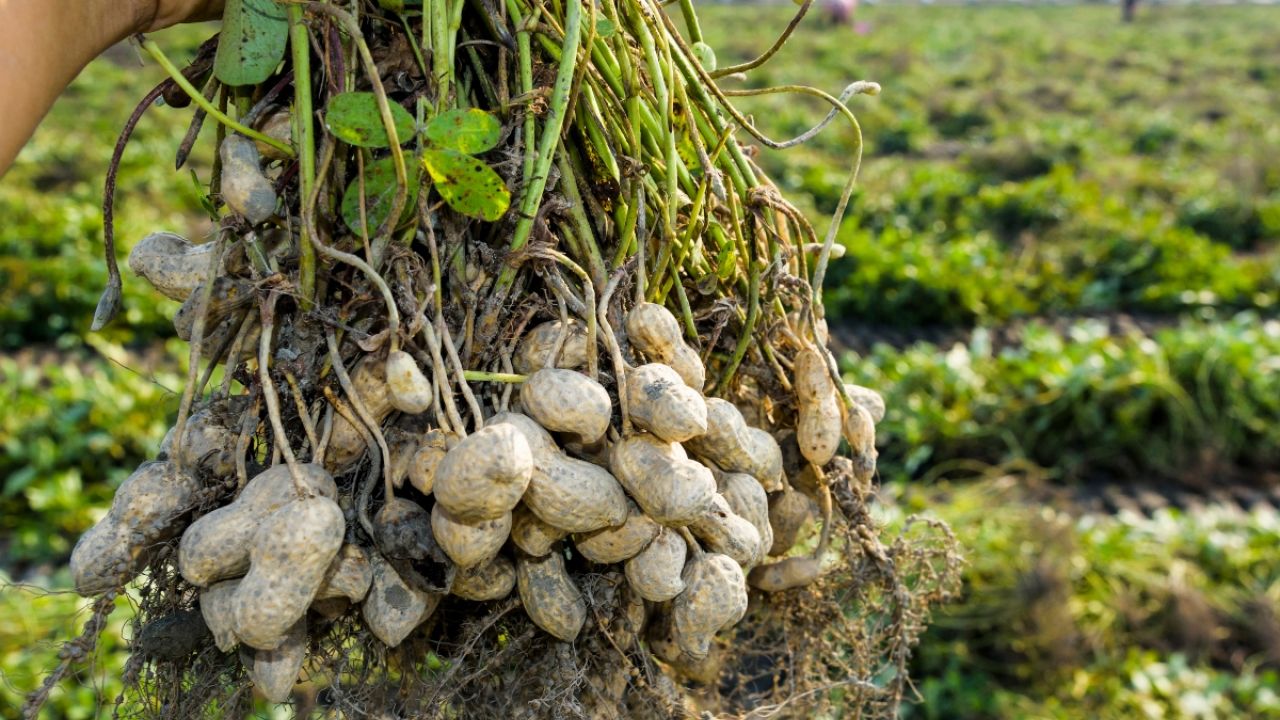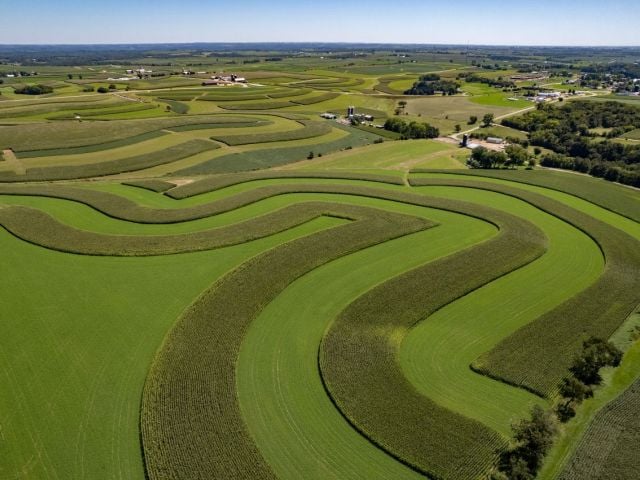
All farmers and ranchers – regardless of what they grow or where they live – can participate in Department of Agriculture conservation programs.
By contrast, just 30 percent of farmers grow crops eligible for traditional farm subsidies for “covered commodities,” and just 1.3 percent grow rice, cotton or peanuts. Just 20 percent of farmers participate in the federal crop insurance program.
But some members of Congress are trying to suggest that USDA conservation funding may not benefit all farmers and ranchers.
In particular, those members of Congress are suggesting that farmers and ranchers do not benefit from the climate-smart funding provided by the Inflation Reduction Act, or IRA.
Unlike subsidies for covered commodities and crop insurance, USDA conservation programs are open to all farmers and ranchers, and they can receive the climate-smart funding provided by the IRA.
In fact, thanks to the IRA, fewer farmers and ranchers will be turned away when they seek conservation funding, according to USDA data.
Before the IRA’s enactment, inadequate funding meant that 75 percent of farmers and ranchers were turned away when they sought USDA conservation assistance.
But even with the new IRA money, demand for USDA conservation assistance continues to outstrip available funds.
For example, the Natural Resources Conservation Service recently reported that less than 30 percent of requests for funding through the Environmental Quality Incentives Program, or EQIP, were fulfilled.
The same members of Congress who are misleading their colleagues about USDA conservation funding are also seeking to increase subsidies for peanut, rice and cotton farmers – even though proposed increases in these subsidies would benefit fewer than 6,000 farmers.
EWG has found that shifting climate-smart funding to increase these subsidies would decrease funding available for farmers in 38 states.
There are many reasons record numbers of farmers are seeking USDA conservation funding. Some already feel the brunt of the extreme weather caused by the climate crisis, and crop insurance payments for climate-related claims have already started to increase. Many of the climate-smart practices funded by USDA, like cover crops, can help make farms more resilient and reduce the economic damage caused by storms.
Another reason is that farming is a significant and growing source of greenhouse gas emissions. Nitrous oxide emissions from synthetic fertilizers and methane emissions from animals and their waste account for 11 percent of U.S. greenhouse gas emissions. As other sectors reduce their emissions, agriculture’s share of U.S. emissions could increase to 32 percent by 2050.
Studies show the voluntary adoption of simple conservation practices can significantly lower these emissions.
Adoption of common farm conservation practices – such as rotating crops, cover crops, planting trees and installing buffers – could reduce annual emissions by 4 million metric tons, the equivalent of taking 1 million gasoline-powered cars off the road.
Other practices, such as feed additives and better grazing and manure management, could also reduce emissions.
Our view? Congress should fund USDA conservation practices, not increase subsidies that benefit the few, not the many.



